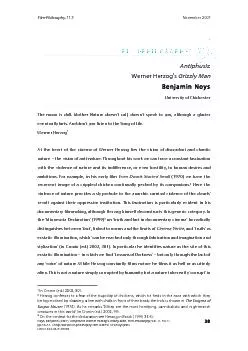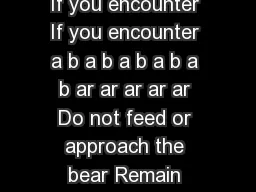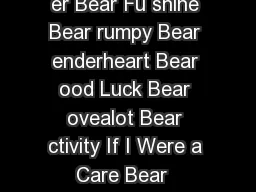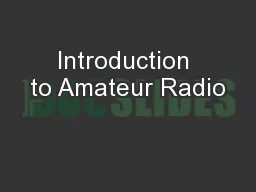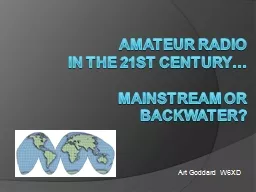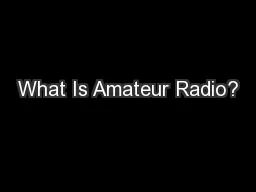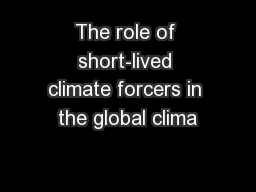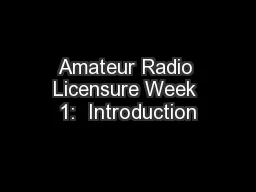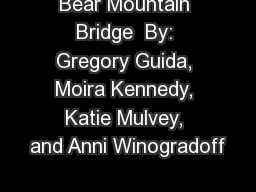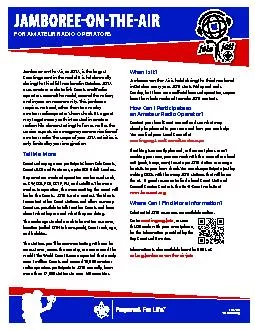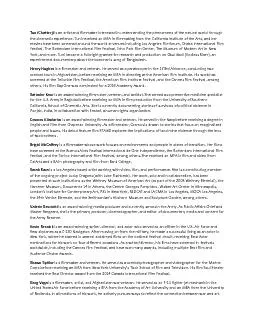PDF-Treadwell, an amateur bear expert and filmmaker who lived amongst thes
Author : liane-varnes | Published Date : 2015-10-19
today In October 2003 Treadwell and his companion Amie Huguenard were brutally attacked and killed by a wild grizzly bear It is a macabre fact that Treadwell
Presentation Embed Code
Download Presentation
Download Presentation The PPT/PDF document "Treadwell, an amateur bear expert and fi..." is the property of its rightful owner. Permission is granted to download and print the materials on this website for personal, non-commercial use only, and to display it on your personal computer provided you do not modify the materials and that you retain all copyright notices contained in the materials. By downloading content from our website, you accept the terms of this agreement.
Treadwell, an amateur bear expert and filmmaker who lived amongst thes: Transcript
Download Rules Of Document
"Treadwell, an amateur bear expert and filmmaker who lived amongst thes"The content belongs to its owner. You may download and print it for personal use, without modification, and keep all copyright notices. By downloading, you agree to these terms.
Related Documents

